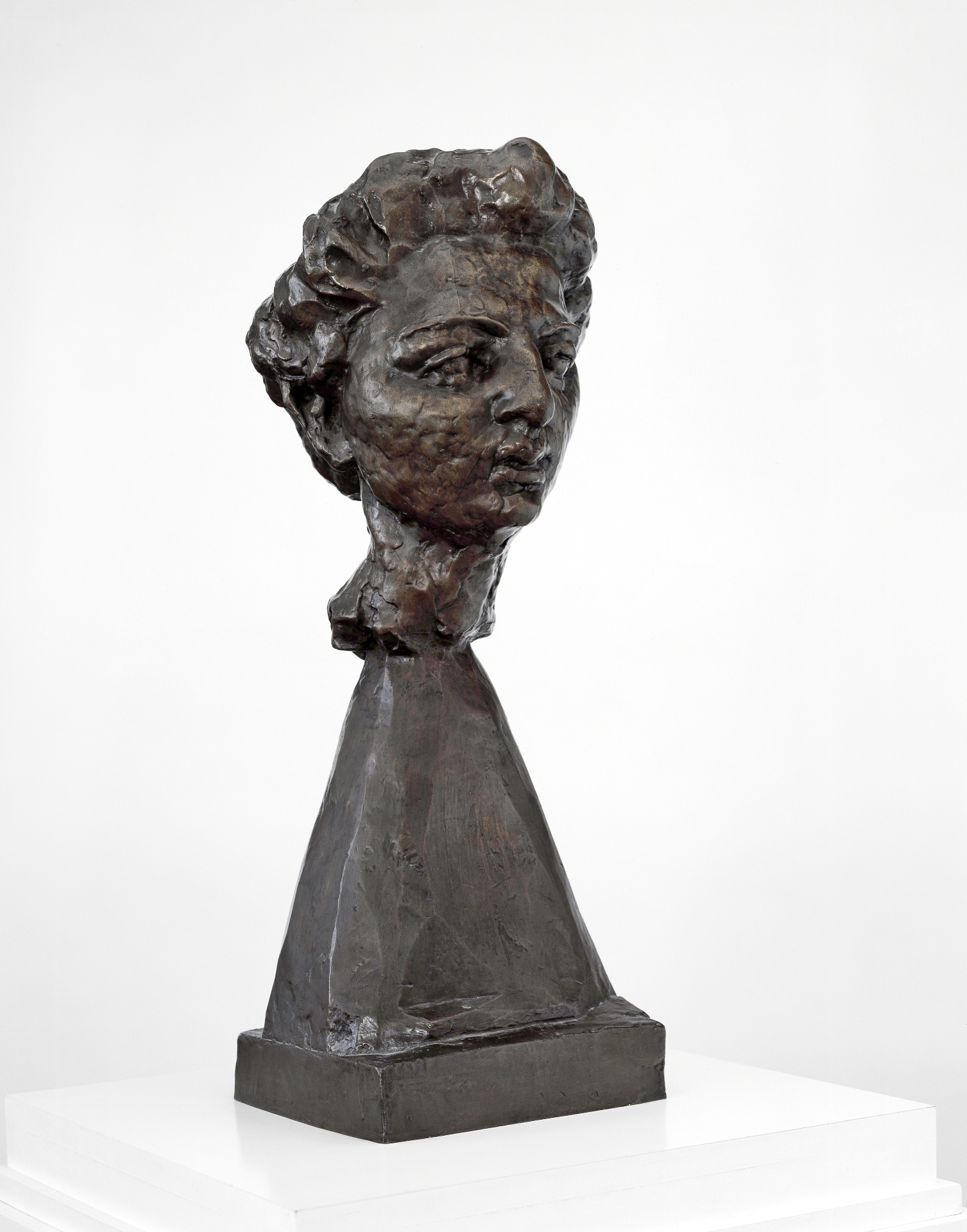
Henri Matisse
Jeannette I, 1910
Bronze (10/10, fonte Valsuani, 1965),
33,5 x 20,5 x 26,5 cm
Donation Madame Jean Matisse à l’État Français pour dépôt au Musée Matisse, Nice,
1978, Musée d’Orsay, Paris
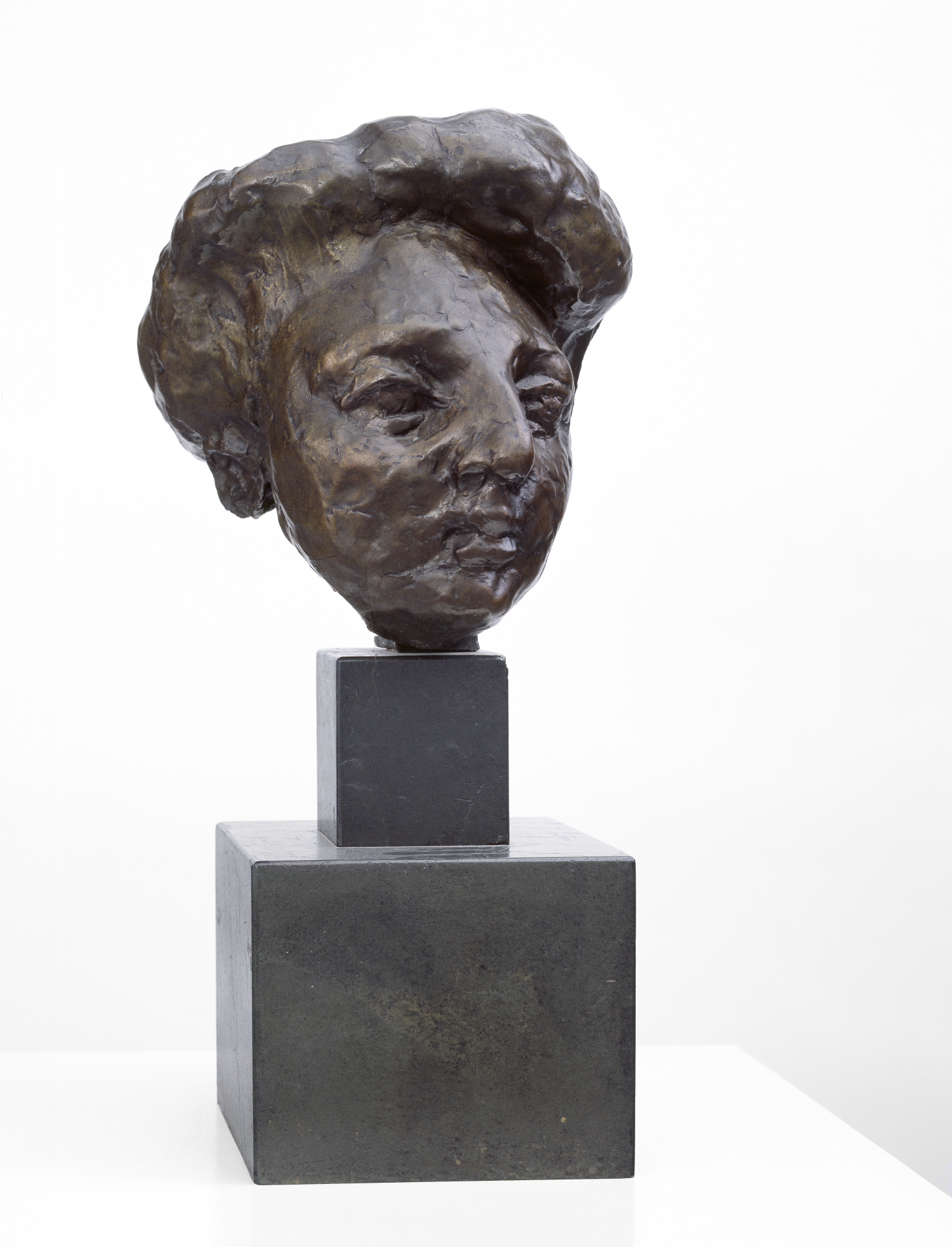
Henri Matisse
Jeannette II, 1910
Bronze (10/10, fonte Valsuani, 1967),
26,5 x 23,5 x 25,5 cm
Donation Madame Jean Matisse à l’État Français pour dépôt au Musée Matisse, Nice,
1978, Musée d’Orsay, Paris
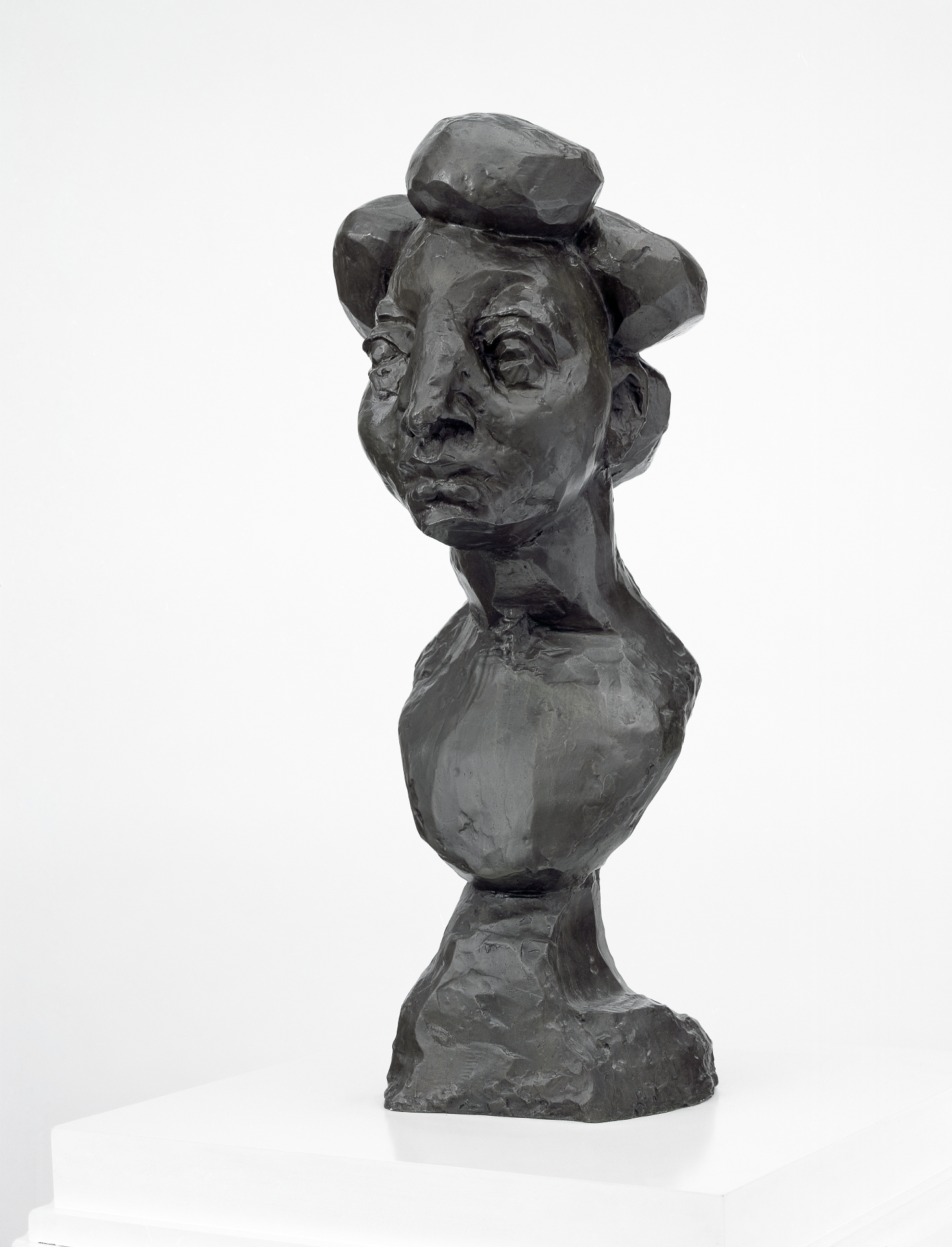
Henri Matisse
Jeannette III, 1910-1911
Bronze (00/10, fonte Valsuani, 1969),
60,3 x 26 x 28 cm
Donation Madame Jean Matisse à l’État Français pour dépôt au Musée Matisse, Nice,
1978, Musée d’Orsay, Paris
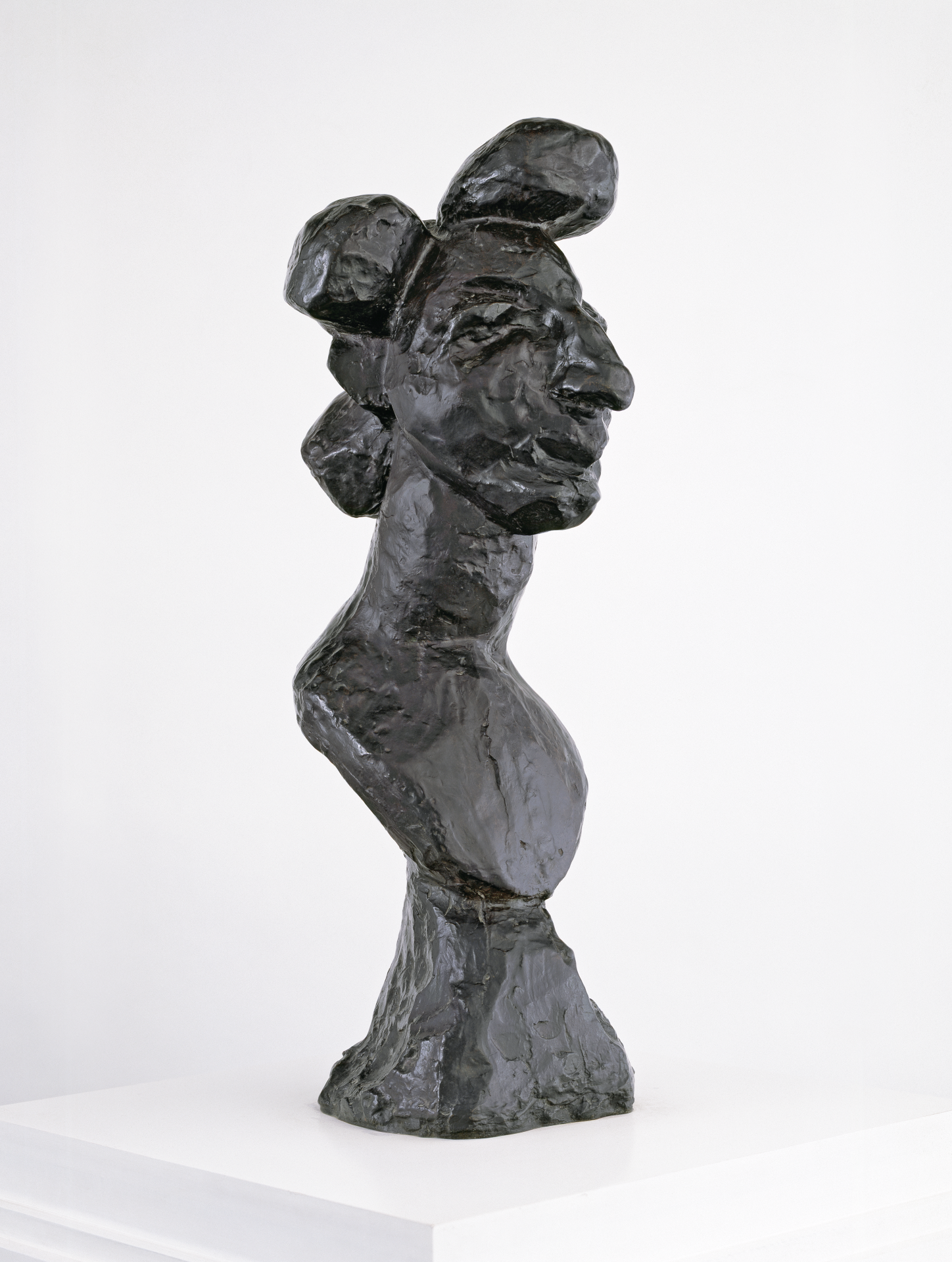
Henri Matisse
Jeannette IV, 1910-1911
Bronze (6/10, fonte Valsuani, 1952),
61,3 x 21,6 x 26 cm
Donation Madame Jean Matisse à l’État Français pour dépôt au Musée Matisse, Nice,
1978, Musée d’Orsay, Paris
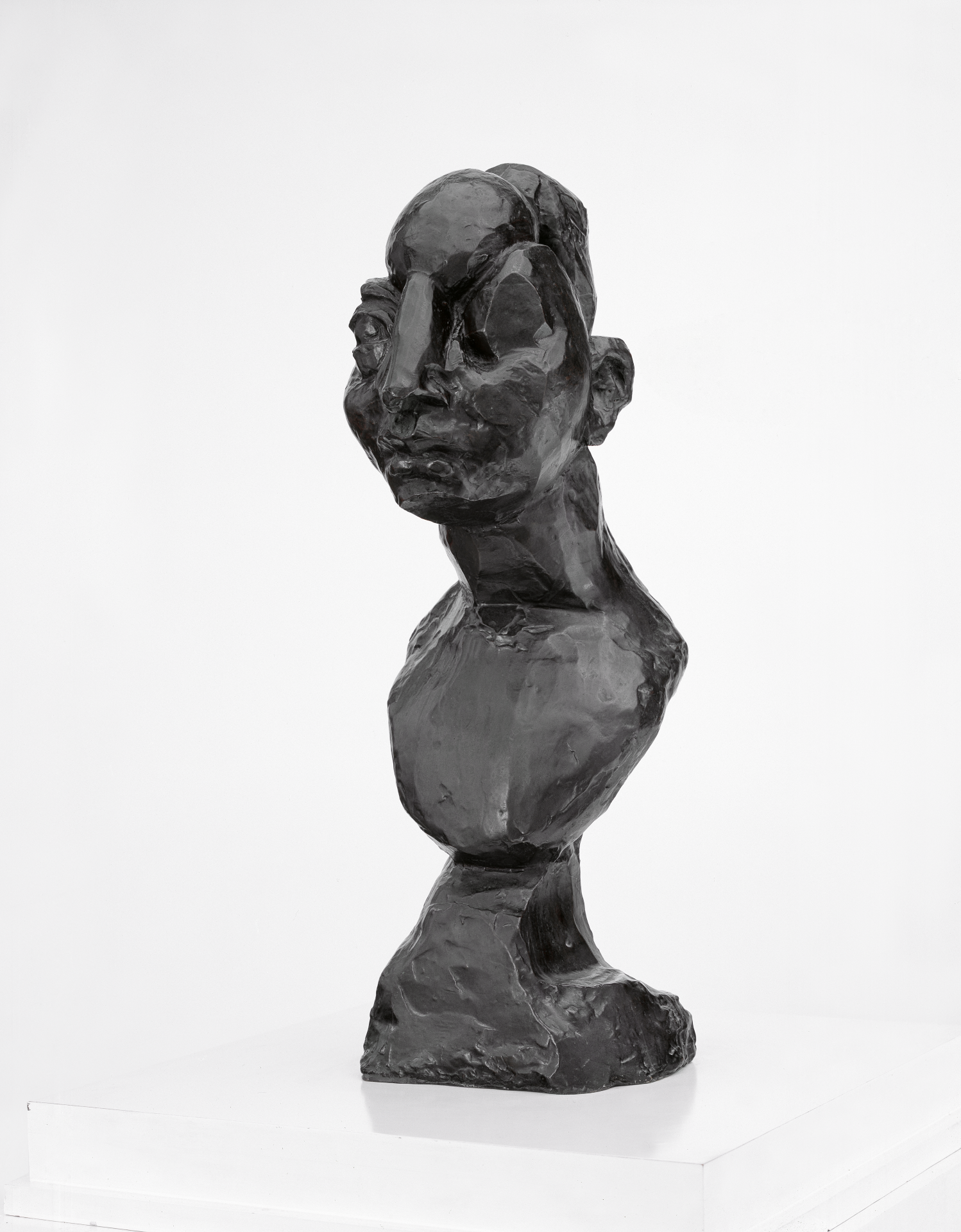
Henri Matisse
Jeannette V, 1916
Bronze (6/10, fonte Valsuani, 1965),
57,3 x 17,9 x 28 cm
Donation Madame Jean Matisse à l’État Français pour dépôt au Musée Matisse, Nice,
1978, Musée d’Orsay, Paris
The five Jeannette heads rank among Matisse’s most important work as a sculptor. The model for the first two heads was Jeanne Vaderin, his neighbor in Issy-les-Moulineaux. For the second, he used the plaster cast of the first head, which he continued to reshape with the model present. For the third version, he began to model from memory instead, and then made the fourth head from the plaster cast of the previous bust. However, he then went back to Jeannette III for the fifth version – probably pressing a new clay model from a negative plaster mold, which he then transformed further. The five heads thus reveal themselves to be fixed stages of the artistic creation process of the same figure, going through a formal progression. For the metamorphosis of the head, Matisse probably found inspiration in West African masks, of which he owned a few. The artist’s procedure is at its most radical in Jeannette V, in which he slices off the hair and the left eye. When Matisse exhibited the plaster versions of the first three Jeannette heads and the bronze of the fourth in 1912 in London, they were strongly rejected by both the public and critics alike. The heads were perceived to be ugly. He exhibited all of them together for the first time in 1931 in New York, though scattered along the rooms amongst other sculptures rather than in a sequence – thus emphasizing their individuality.
